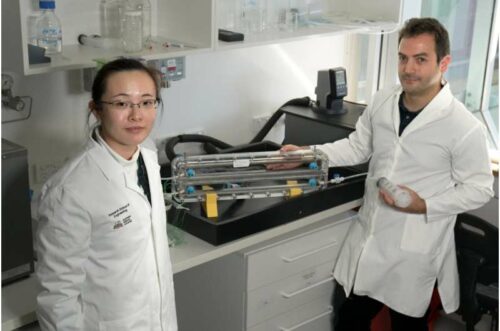The new method, based on thermodiffusion, promises to revolutionize desalination technology, particularly benefiting developing countries facing severe water shortages.

Researchers from The Australian National University have introduced a new desalination method that significantly reduces the energy required by about 80% compared to traditional techniques. Freshwater scarcity is a growing issue globally, with some regions already depending on desalination to obtain freshwater from ocean water. Currently, about one-third of freshwater discharges are used by humans, a figure projected to rise to one-half by midcentury, especially in regions such as Israel, Mexico City, India, and southern California.
The World Bank reported in 2018 that around 300 million people in over 150 countries rely on desalination, which consumes 3 kilowatt-hours per cubic meter (kWh/m3) of energy. This process accounts for one-fourth of the energy used in water provision, totaling about 100 billion kilowatt-hours in 2018. Traditional desalination methods include reverse osmosis and thermal methods like solar evaporation or freeze desalination. These techniques can harm marine life and discharge brine back into the ocean, damaging ecosystems. They also require expensive materials and significant maintenance due to issues like membrane fouling and corrosion, with energy needs ranging from 3 to 7 kWh/m3 for reverse osmosis and up to 100 kWh/m3 for other methods.
The new method utilizes thermodiffusion, where salt moves to the colder side of a temperature gradient, allowing the water to remain in the liquid phase. The process involves pushing seawater through a narrow channel between heated and cooled plates. This setup produces low salinity water from the top region and high salinity water from the lower part of the channel. The system can reduce seawater salinity from 30,000 parts per million (ppm) to less than 500 ppm after repeated cycles.
The team emphasized that this method, free from membrane use and phase change, represents a potential paradigm shift in desalination technology. The research team is now developing a larger multi-channel device for use in Tonga, which will be powered by a solar panel. They see this technology as crucial for developing countries, helping to decentralize the desalination process and improve water security in areas most affected by climate change.





